North America's Smallest Duck
Monday, March 17, 2014
OK, who can tell me what the smallest duck in North America is? Let me be more specific. The smallest dabbling duck? Yep, you are correct if you said the Green-winged teal (Anas crecca).
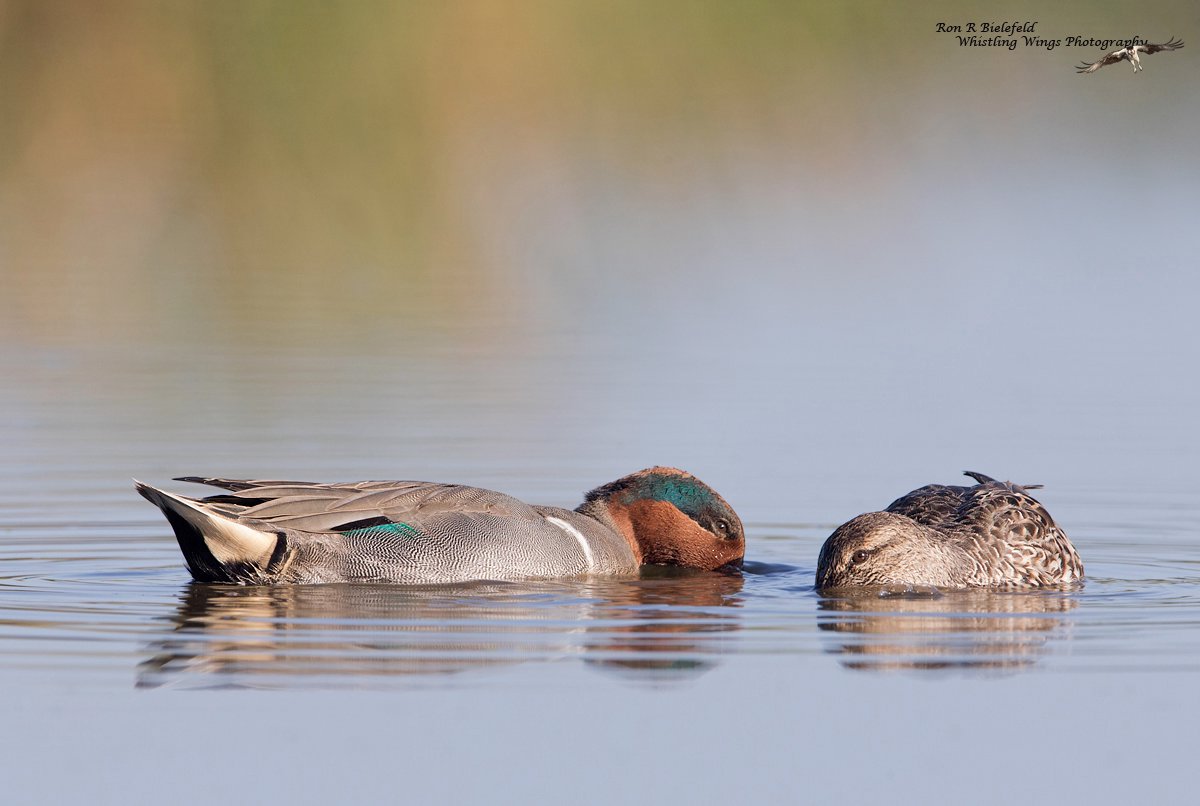
green-wing teal pair
Along with being the smallest duck, an argument can be made that it also is the prettiest. Well, at least the male. Now a lot of people will be saying to themselves at this point, 'no way the male wood duck is the best looking duck.' OK, well let's take a closer look at the male green-wing.

Now you have to admit that is one good looking duck. Look at that chestnut and green head, the spotted breast, the flankes, the tail area. Personally, I rank this guy right up there with the wood duck and American wigeon for looks. Well I guess it really does not matter which duck is the best looking overall. So many duck species are very striking in appearance.
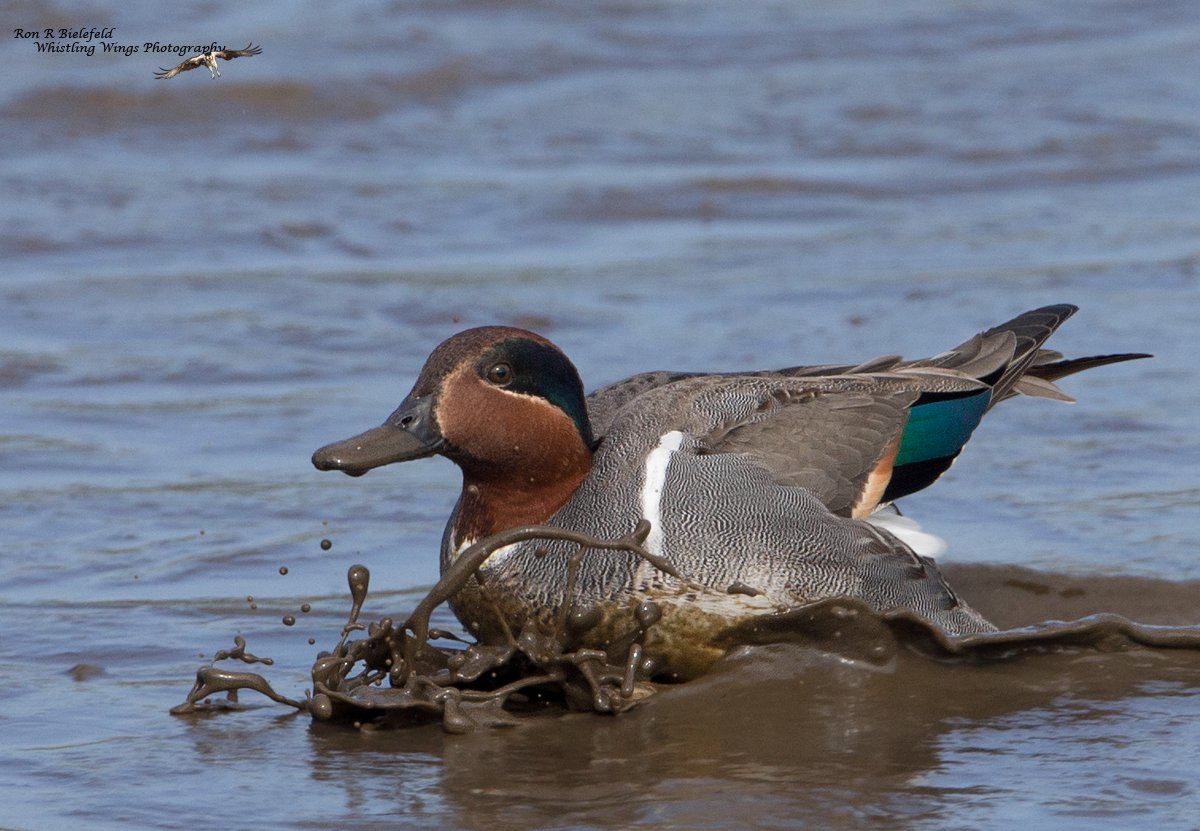
So, what about being so small? What does it mean for this bird? Well, given that they often times forage by 'tipping-up' to reach food (seeds, insects, snails) located at the bottom of wetlands, they need very shallow water in which to feed efficiently. You can see by the image above, this male green-wing is landing in what is basically mud with just a bit of water over the top. This small bird will be able to forage in this area and won't even have to tip up to do it.
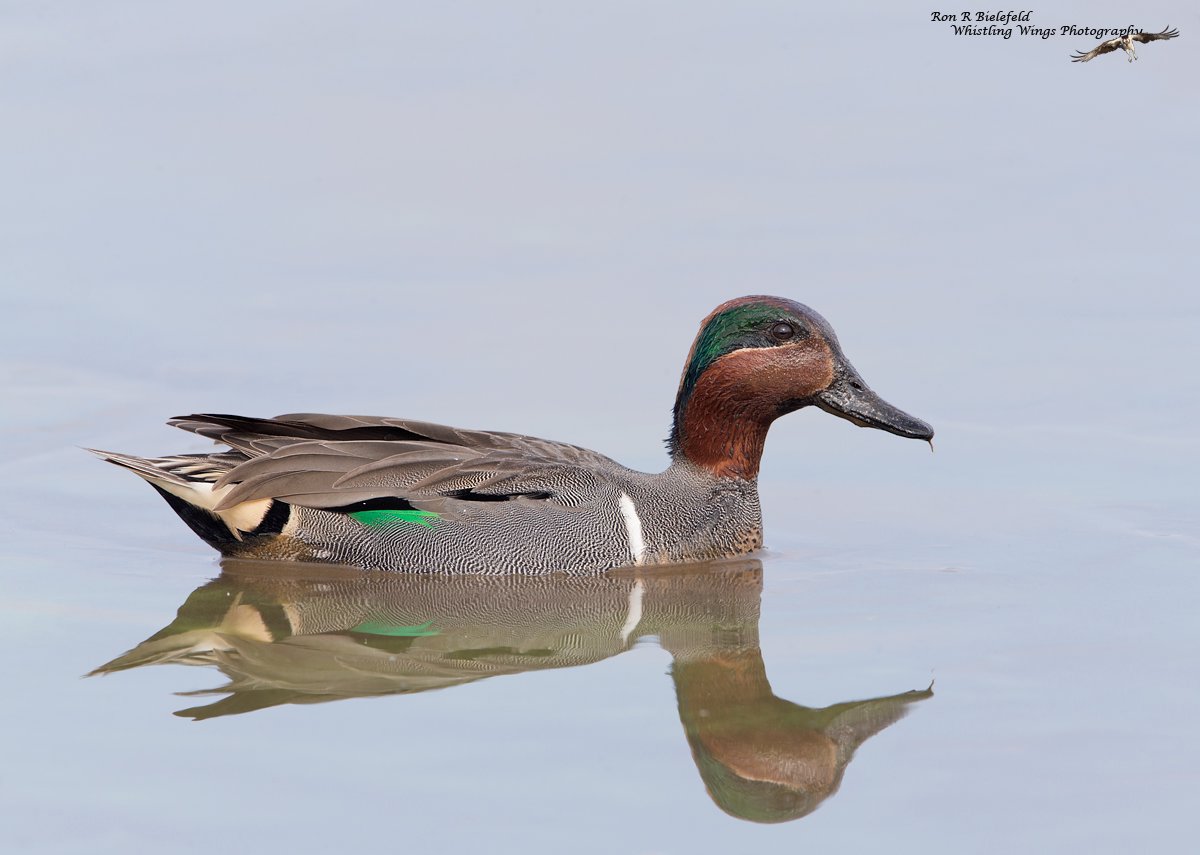
This male's head and bill are coated with mud from foraging in very shallow, muddy areas of this pond.
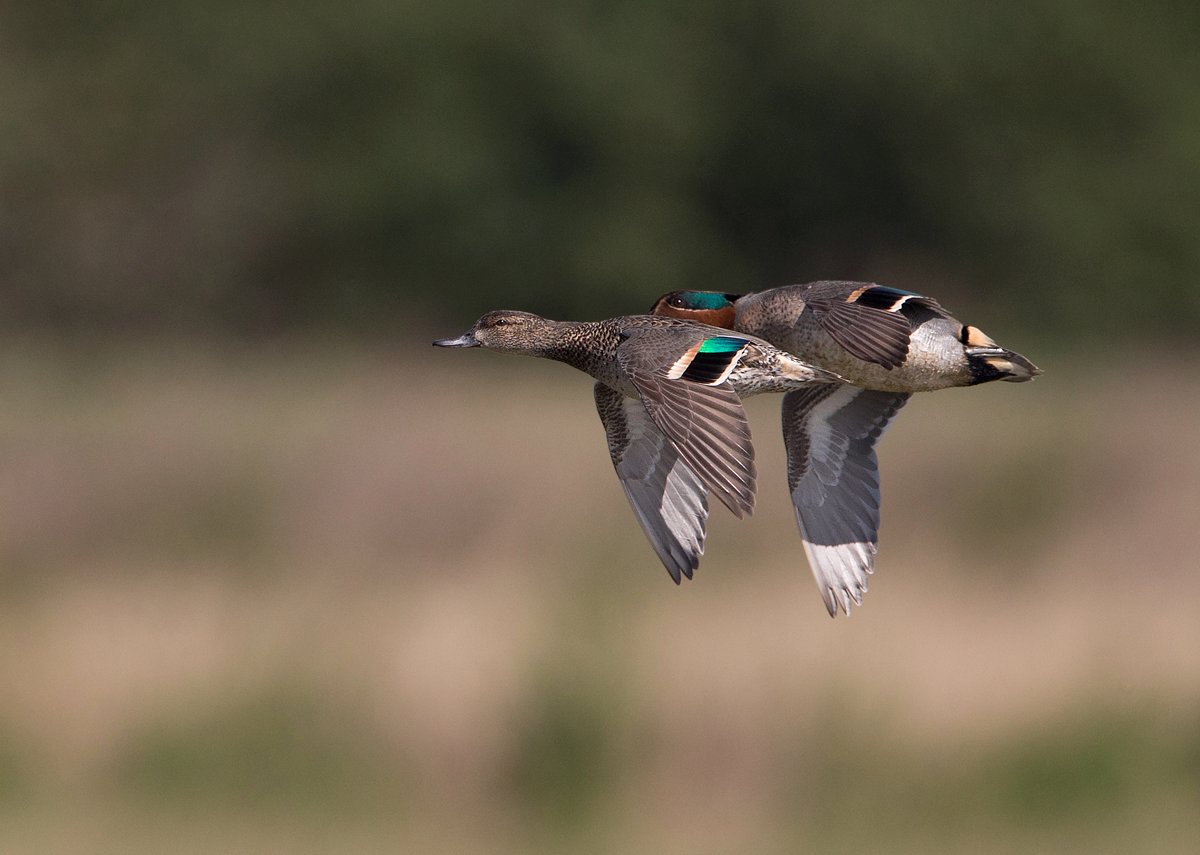
Another aspect of being small is how it affects flight. Think of a jumbo jet versus a military jet fighter; big and lumbering versus small, quick, and agile. Well, the green-wing is the fighter jet of the duck world. It flies fast and can climb, dive, and turn in the blink of an eye.

To many animals, being small means it is tougher to deal with cold temperatures. Basically, it is hard to stay warm when you don't have a lot of mass to your body and your surface area is proportionally large. Did you ever think of why polar bears are so large as compared, to say, black bears in a warm southern climate like Florida? Well, being big helps the polar bear stay warm (a lot of mass and small relative surface area to lose heat) and being smaller helps a southern black bear stay cool (less mass to cool and larger relative surface area to radiate off excess heat). This is called Bergmann's rule (body size increases inversely with temperature so that, intraspecifically, body size increases latitudinally).
So, does this rule apply to ducks? Well not quite, you see northern breeding ducks like the green-wings can migrate great distances to escape the cold. They just fly south to warmer areas. You might think that if it did apply at all, that green-wings, being they are the smallest duck in N.A., would migrate south the earliest in the fall just as the temps in the north start to drop, because if they stayed they could not keep warm. However, they are actually one of the latest dabbling ducks to leave the north on their migration south often still hanging around even as ice begins to cover some of the marshes. So, nope, Bergmann's rule really does not seem to apply to migratory ducks.
Ok, ok enough of the biology and ecology lesson. Let just admire this great little duck for what they are; a wonderful part of the diverse avifauna we have here in Florida every winter. To find these small ducks, look for very shallow wetlands with a good amount of emergent vegetation.
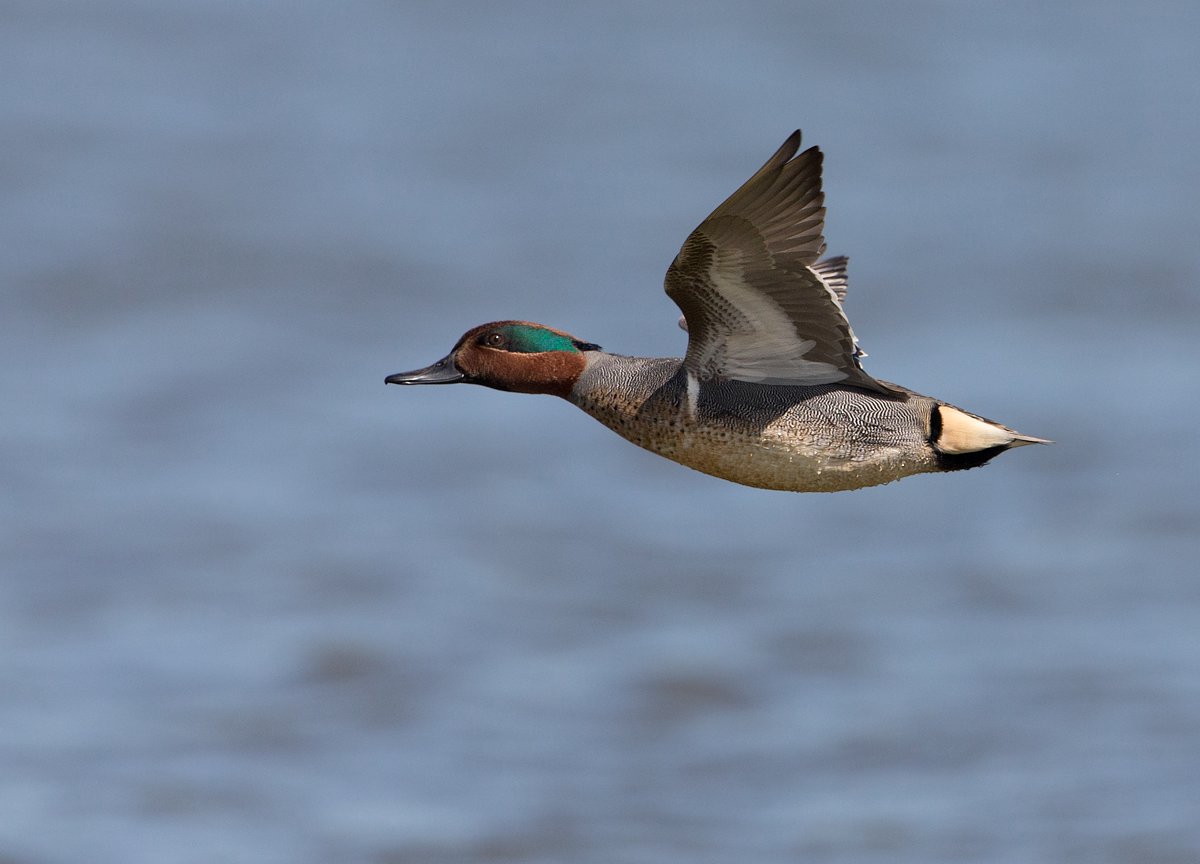
In late winter here in Florida the males will start to show off their breeding colors (called their Definitive Basic plumage). They tend to leave the Sunshine State around the middle to late March to head back north to nest and produce the next generation of green-wings for us to enjoy.
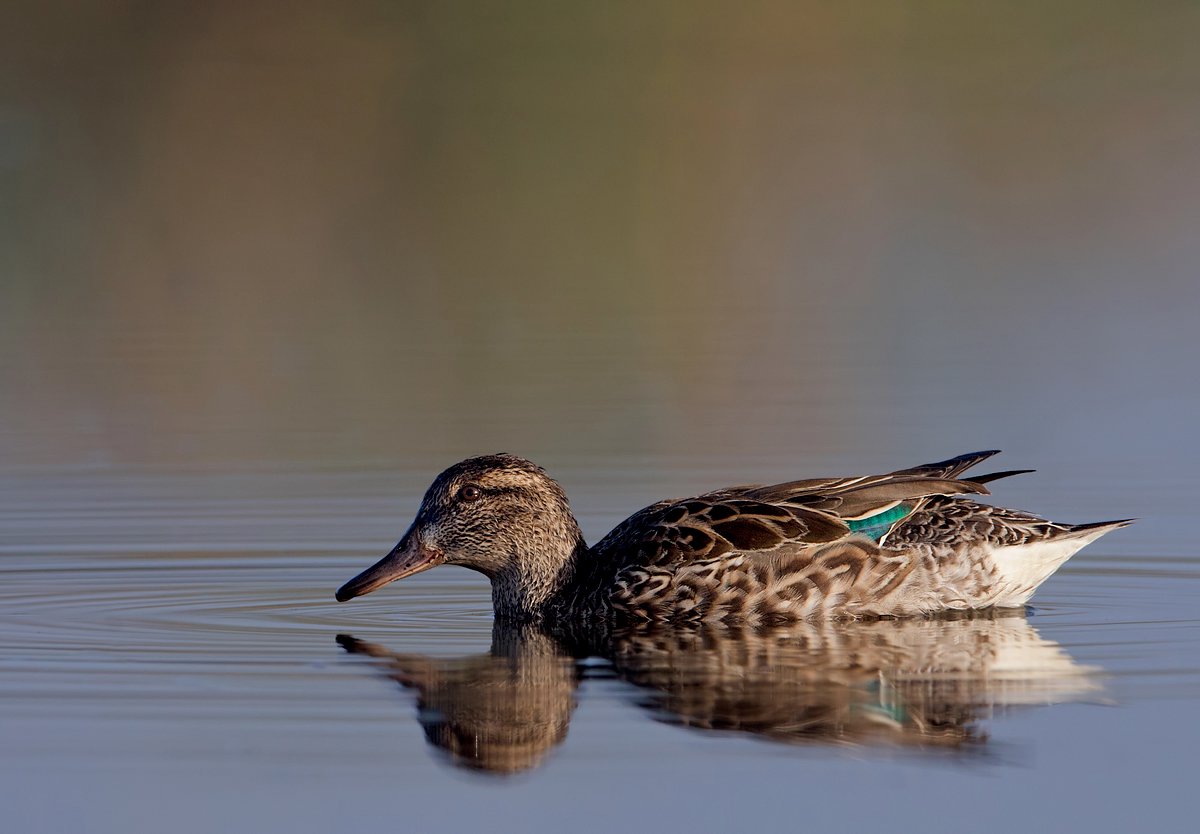
female green-winged teal
Leave a comment
1 Comments
Sep 3, 2014, 8:08:31 AM
Corey - Great write up! I enjoyed reading it.